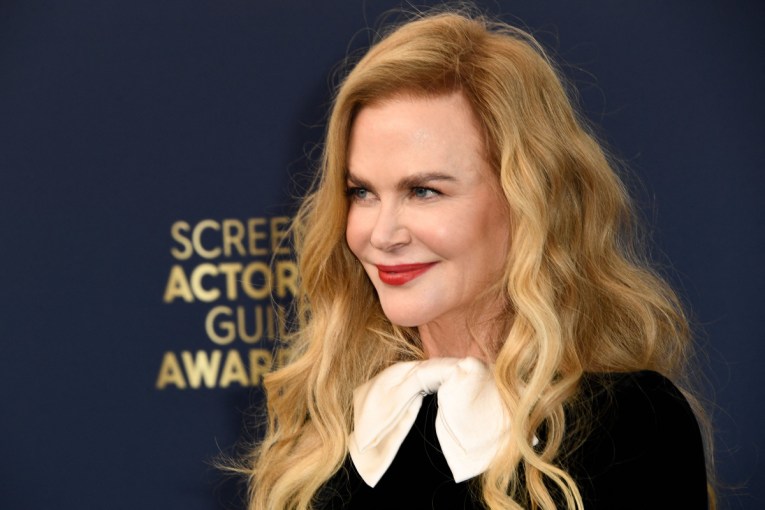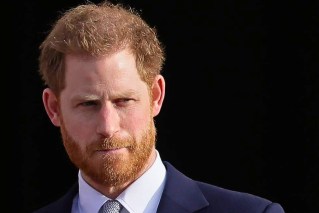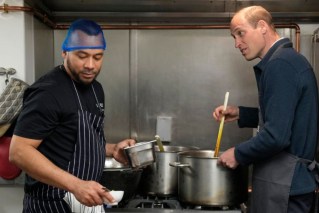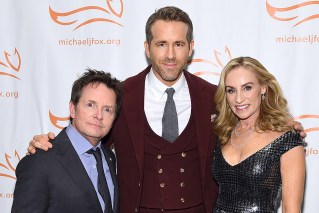Voluntary euthanasia may only be for the wealthy, Canadian expert warns
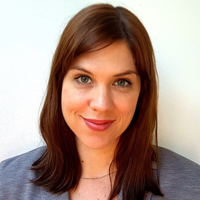
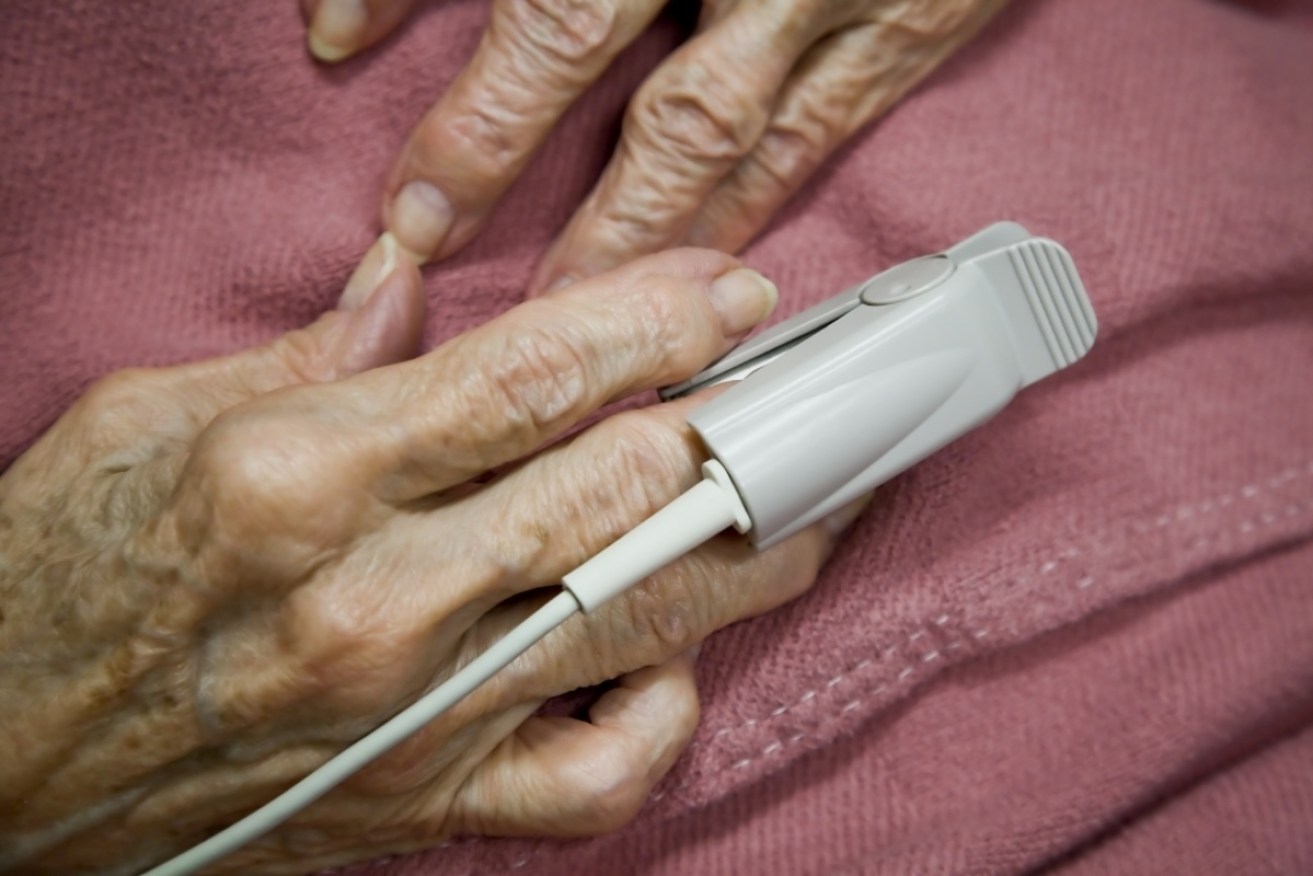
The Territory was the first jurisdiction to legalise euthanasia -- and it could also be the last. Photo: Getty
A Canadian expert has urged the Australian government to subsidise voluntary euthanasia to ensure that poorer, terminally ill Australians can access a medically assisted death, should doing so become legal.
Dr Aaron Trachtenberg, co-author of a report on euthanasia in Canada, told The New Daily his study found that wholly subsidising euthanasia could actually reduce overall healthcare costs, while ensuring universal access.
“Once a society agrees that there are certain levels of suffering that are so unbearable that a person should be allowed to choose to die …
“A situation where only the wealthy can afford to exercise this choice while the poor are forced to endure an existence deemed too painful for the rich would make most people uncomfortable,” he said.
Euthanasia was legalised in Canada in June last year. To prevent ‘suicide tourism’, it is only available to residents who are eligible for Canadian healthcare coverage.
“The results [of the study] are primarily driven by the high average healthcare costs associated with the final weeks to months of life for most patients who pass away, often in a hospital setting,” Dr Trachtenberg said.
“If a patient chooses to forego these final weeks to months through assisted dying, then these costs are avoided. However, I would like to stress that I would never suggest assisted dying as a cost-savings measure.”
The Victorian and New South Wales parliaments are moving towards legalising euthanasia, with the Victorian government agreeing on Tuesday to significant changes to the Voluntary Assisted Dying (VAD) Bill to secure crucial crossbench support.
New South Wales will introduce its own bill to the lower house.
However, the fraught issue of funding has not been addressed. At present, doctors’ consultations and the drugs most likely to be administered for assisted deaths are explicitly excluded from the Medicare benefits schedule.
Victorian Health Minister Jill Hennessy has already said that if the federal government refuses to subsidise euthanasia, her state will consider doing so alone. Ms Hennessy called it one of the “looming issues” an implementation panel will consider over the next 18 months if the law is passed.

Victorian Health Minister Jill Hennessy and Premier Daniel Andrews address the media over a bill which would legalise an assisted-dying scheme for the terminally ill. Photo: AAP
However, NSW Premier Gladys Berejiklian and Labor leader Luke Foley have both indicated they will oppose the bill, which unlike in Victoria is a private members’ bill.
The CEO of the Public Health Association of Australia (PHAA) Michael Moore introduced Australia’s first euthanasia bill in 1993 when he was a member of ACT’s lower house. His views on the necessity of public funding for euthanasia have not changed over the years.
“When somebody is suffering and in great pain, the community has a responsibility to assist them, and in just the same way as we don’t make a judgement call in assisting someone with healthcare when they have been a heavy smoker or extremely obese,” Mr Moore told The New Daily.
While polls have consistently shown that the majority of Australians support euthanasia, the idea of it being taxpayer-funded is likely to rankle those who oppose it.
The president of Right to Life Australia, Margaret Tighe, said her organisation will fight any plan to use taxpayers’ money to fund euthanasia.
“Our taxes should not be used to pay for the killing of our fellow human beings,” she said.
Lessons from the United States
Controversies over euthanasia costs have arisen in the six American states where euthanasia is legal. The price of the most popular drug, Nembutal, soared to $US20,000 ($A26,000), while the cost of the second-most preferred, Seconal, doubled in price from $US1500 ($A1960) to $US3000 ($A3920) shortly before California legalised euthanasia.
The price hikes led to cheaper alternatives being developed for around $US600 ($A785), however these were less effective, reportedly taking longer to take effect.
“The cost of manufacturing Nembutal is quite low and the price hike seen in the US is hard to explain, other than as an example of profiteering by manufacturers,” said Dr Philip Nitschke, director of the pro-euthanasia group Exit International,
Category manager Jacquie Andrews watched her grandfather die a prolonged and painful death from cancer when she was 12, and her stepfather succumbed to the same disease when she was 33.
“My underlying passion for the right to legally and fairly access VAD is to emancipate the fear of torturous suffering in the final stages of life,” the 36-year-old Melburnian said.
Like many euthanasia campaigners, including the Victorian Health Minister, Ms Andrews said her foremost concern was legalising, not funding, euthanasia.
“Legalising VAD shouldn’t depend on this issue,” she said.
